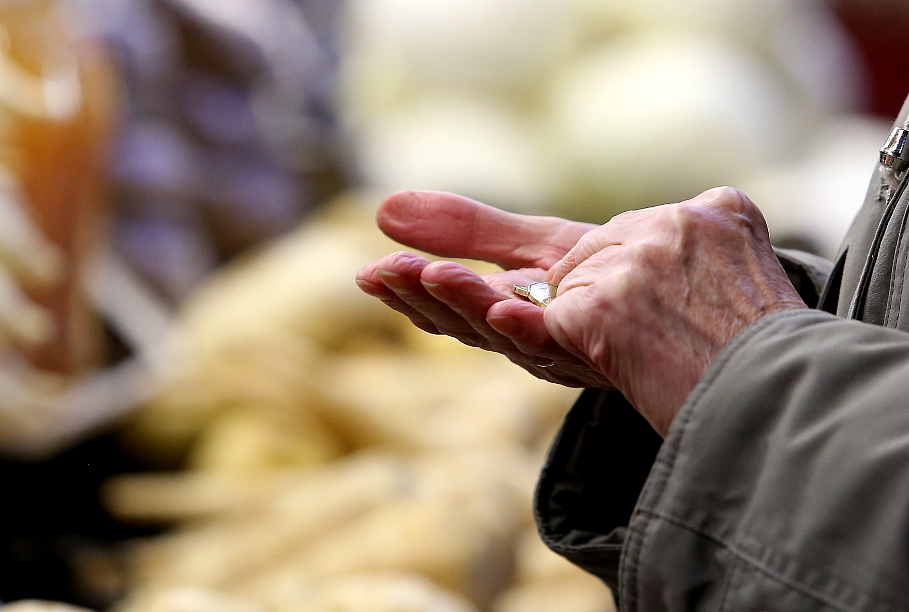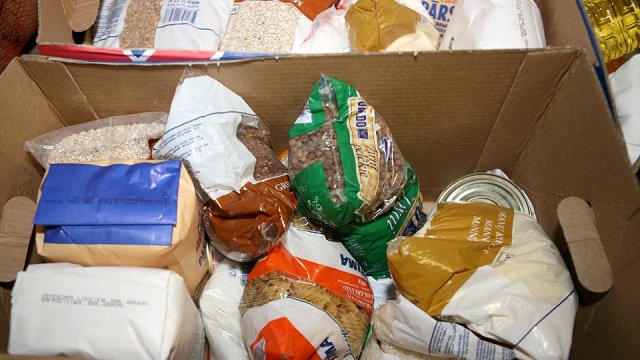The statistics office said that, as the disposable income of the population grew in 2017, the monthly at-risk-of-poverty income threshold also increased, reaching €367 per one-person household (€330 monthly in 2016).
In households of two adults with two children aged under 14, the monthly at-risk-of-poverty threshold reached €770 in 2017 (€694 in 2016).
23.3 % of Latvia population at risk of poverty https://t.co/RDzkxT6HMT pic.twitter.com/6twAAEzZCE
— Statistics Latvia (@CSB_Latvia) January 17, 2019
Regional differences
The largest share of population at-risk-of-poverty was in Latgale (39.2%) and the smallest – in Rīga (13.5%). In Vidzeme 29.2% of population were at-risk-of-poverty, in Zemgale – 23%, in Kurzeme – 21.7% and in Pierīga (Rīga Region) – 18.6% of the population.
Elderly people most liable to be at risk of poverty
The share of population at-risk-of-poverty was the largest within the single elderly population age group over 65 years. In 2017 their share comprised 74% (in 2016 – 72.8%). Another largest at-risk-of-poverty rate was in single parent families (one adult with children) (32.6%), among persons aged under 64 years living alone (31%) and in large families with three or more children (20.5%).
The lowest at-risk-of-poverty rate was among employed people (8.1% in 2017 and 8.8% in 2016). In turn, a significantly higher at-risk-of-poverty rate was recorded among unemployed people (59.5% in 2017 and 56.6% in 2016) and the retired (48.9% in 2017 and 43.7% in 2016).
Role of benefits in reducing poverty shrinks
The impact of social transfers on population income has been decreasing in recent years, the statistics office said. In 2017, support provided by social transfers has reduced the share of the population at-rate-of-poverty by 15.8%. If social transfers did not exist, 39.1% of the population would be at risk of poverty. In 2016, social transfers reduced at-risk-of-poverty by 17.8% points, in 2015 and 2014 – by 18.4% points.
The data source of the relative poverty and social exclusion indicators is the European Union Statistics on Income and Living Conditions (EU-SILC) survey of 2018 conducted by the Central Statistics Bureau. The survey covered 6,000 households and 10,800 respondents aged 16 and over.




























